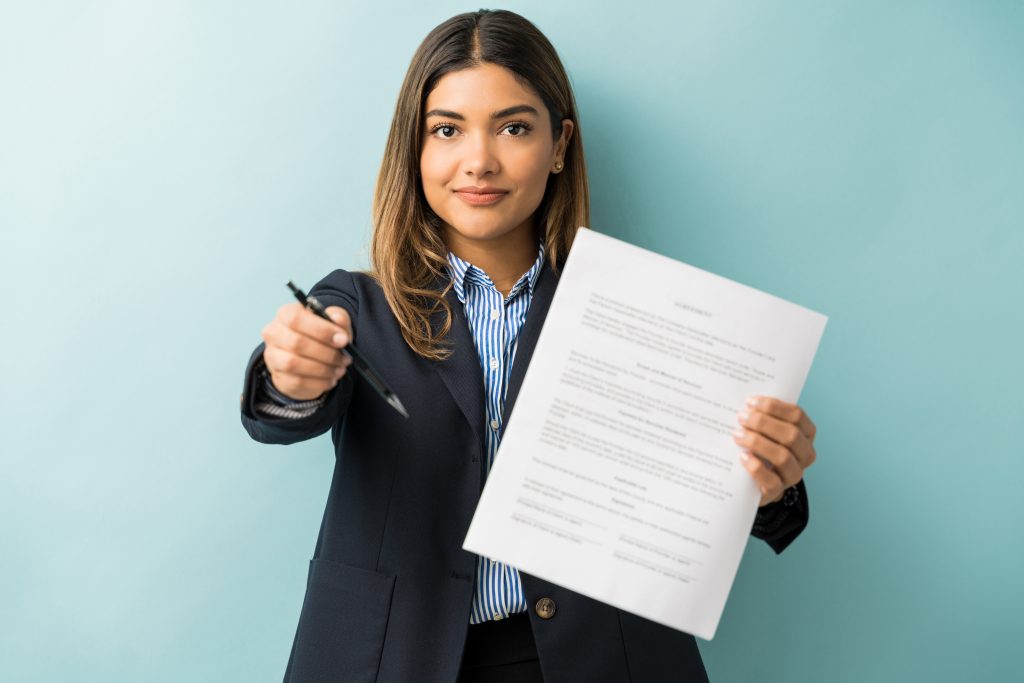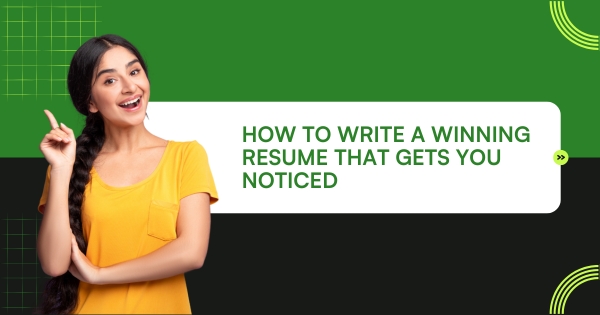Knowing how to write a cover letter is one of the most important steps in your job application process. A cover letter is a crucial component of your job application, offering a unique opportunity to make a personal connection with potential employers.

Unlike a resume, which is often a straightforward listing of your qualifications and experiences, a cover letter allows you to present a narrative that highlights your enthusiasm, fit for the role, and deeper insights into your skills and experiences. Crafting a compelling cover letter can significantly enhance your chances of landing an interview and making a memorable impression.
To explore more >>https://blog.impacteers.com/
What is a Cover Letter?
A cover letter is a written document that accompanies your resume when applying for a job. It serves as a personalized introduction to potential employers, explaining why you are the best fit for the position and what makes you a standout candidate. Unlike your resume, which provides a chronological list of your skills and experiences, a cover letter allows you to elaborate on how your experiences and qualifications align with the specific requirements of the job you’re applying for.
Purpose of a Cover Letter
The primary purpose of a cover letter is to offer additional context to your resume, providing a narrative that explains your career trajectory and highlights your key achievements. It’s an opportunity to showcase your enthusiasm for the role and the company, demonstrate your communication skills, and explain how your background aligns with the job description. A well-written cover letter can help you stand out by adding a personal touch and making a compelling case for why you should be considered for an interview.
Structure of a Cover Letter
Pro Tips for Write Your Cover Letter Stand Out
A well-organized cover letter helps create a good first impression in addition to showcasing your abilities and credentials. To make sure your cover letter stands out as a great candidate and captures the hiring manager’s attention, organization is essential. Here’s a description of the perfect cover letter format, complete with suggestions for each section’s content.
Visit us >>https://www.impacteers.com/home/cover-letter

1. Header
Contact Information – The title of your cover letter should replicate the structure of a professional business letter and must contain your contact information to facilitate easy communication with the hiring manager.
What to include:
- Full name
- Phone number
- Email address
- LinkedIn profile or portfolio link (if relevant)
- The date
- Employer’s name and company details
2. Salutation
Addressing the Hiring Manager – Customizing your greeting is essential. To avoid using a generic greeting, try to find the hiring manager’s name.
What to include:
- Use “Dear [Hiring Manager’s Name]” or “Dear [Team/Department Name].”
- You can use “Dear Hiring Manager” or “Dear [Company] Team” if you are unable to find the name.
3. Opening Paragraph
Introduction and Position – This serves as your hook. The job for which you are seeking should be included in the introductory paragraph, along with a brief introduction of yourself. Draw them in by bringing up your relationship to the company or the reasons you’re thrilled about the position.
What to include:
- Talk about the job title and how you learned about the opportunity.
- A quick introduction about who you are.
- a phrase demonstrating your excitement for the business and position.
4. Second Paragraph
Highlight Your Experiences and Qualifications – Make sure that your experiences and talents in this paragraph correspond with the job description. Emphasize the accomplishments that are most pertinent to the position and explain why you are an excellent fit for it. Give precise instances to prove your worth.
What to include:
- Give a brief overview of your past employment or related experience.
- Give precise examples that correspond with the main demands of the position.
- If possible, use measurable results to highlight achievements.
5. Third Paragraph
Why You Want the Job – Provide an explanation of your reasons for being especially enthused about this role and show off your company knowledge in this section. This is your opportunity to demonstrate that you are knowledgeable about the organization and that your beliefs align with its goals.
What to include:
- Talk about a specific aspect of the business which excites you.
- Explain how your objectives fit into the projects or vision of the firm.
6. Closing Paragraph
Call to Action – Summarize your interest in the job and urge the recruiting manager to move further in your cover letter’s conclusion. Act professional and courteous while expressing how excited you are about the chance to go into additional detail about your credentials.
What to include:
- Make a polite request for a meeting or interview.
- Reaffirm your enthusiasm and skills.
- Add a note expressing gratitude for their time.
7. Sign-Off
Put a formal ending and your signature at the end of the letter. Make sure it is professional and respectful.
What to include:
- Use a formal conclusion such as “Sincerely” or “Best regards.”
- If you are submitting an electronic version, just type your name; if you are submitting a printed version, leave space for a signature.

Final Thoughts: Master How to Write a Cover Letter for Career Success
Length: A one-page cover letter is the ideal length. On average, three to four paragraphs work best.
Font and Format: Use a formal font like Calibri, Arial, or Times New Roman. For readability, keep the font size between 10 and 12 points.
Consistency: For an overall image, make sure the structure and style of your cover letter match with those of your resume.
This simple well-organized cover letter format will allow you to effectively highlight your qualifications and make a good first impression on the hiring manager.



Post Comment